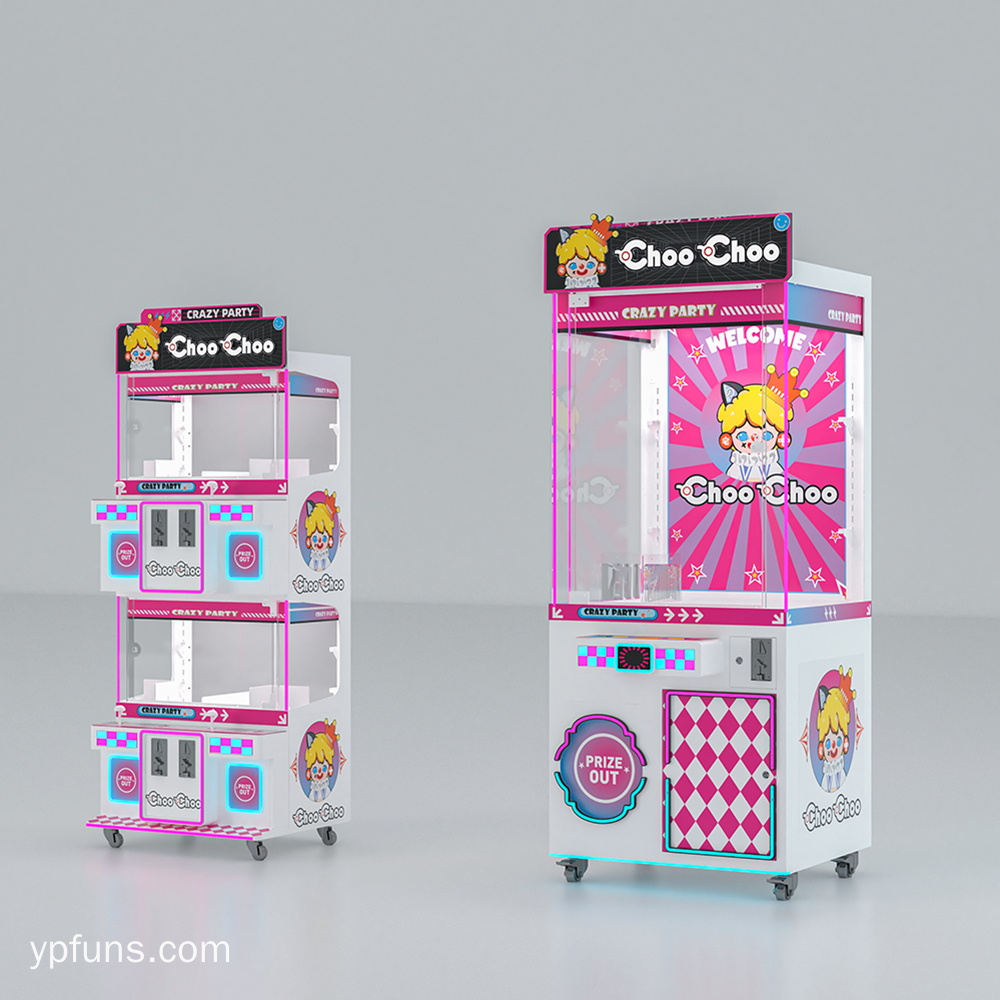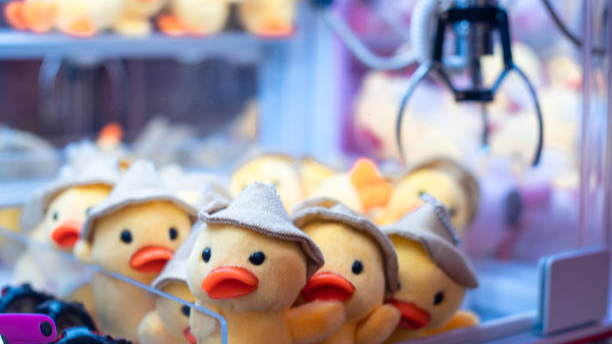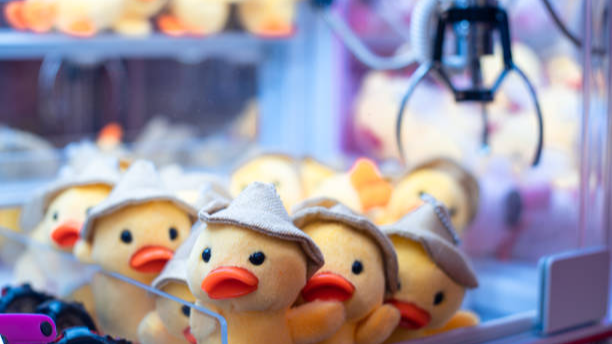Preface
Claw machines, a staple of entertainment venues and arcades, have long piqued the curiosity of professionals and enthusiasts alike. The question arises: Are these amusing contraptions truly skill-based, or is it merely luck that dictates our success? Here at YPFuns, we delve into the mechanics and strategies that govern the operation of claw machines, providing valuable insights for our readers.
What are Claw Machines?

Claw machines, also known as crane games, involve a mechanical claw operated by a joystick or buttons, used to scoop up prizes. Their widespread popularity is attributed to the simplicity of their gameplay and the alluring promise of winning a prize. This allure often ignites a debate regarding the role of skill versus luck.
How Do Claw Machines Work?
To discern whether these machines are skill-based, it’s crucial to understand how they function. Claw machines operate through a combination of mechanical engineering and programming:
– Claw Strength: The grip strength of the claw can be adjusted, often affecting the game’s outcome. Some machines are programmed to only provide full strength at certain intervals.
– Positioning: The alignment of the claw above the targeted prize requires precise control and excellent hand-eye coordination.
Payout Rates: Many machines have a programmed payout rate, meaning they’re designed to operate profitably, only offering strong grips occasionally to ensure a prize is won.
Are Claw Machines Skill-Based?

Claw machines are often considered a mix of skill and chance. While they are designed to be challenging and favor the operator, skilled players can improve their odds by understanding the mechanics, such as positioning the claw correctly, timing the grab, and targeting lighter or more accessible items. However, the claw’s grip strength and payout settings are typically controlled by the machine, introducing an element of chance. So, while skill can help, luck still plays a significant role.
Skill vs. Luck
While claw machines incorporate elements of skill, such as positioning and timing, the influence of luck cannot be overlooked. Players can hone their skills by developing strategies and practicing techniques, but the variable claw strength and machine programming introduce an element of chance.
Strategies for Success
For those looking to maximize their chances, here are some strategies:
– Observation: Watch previous players to understand the machine’s quirks and patterns, such as when the claw exerts more force.
– Target Smartly: Choose prizes that are not tightly packed or wedged against the glass, as these are more challenging to retrieve.
– Practice Precision: Focus on improving coordination and accuracy in controlling the claw’s movements.
Conclusion
In conclusion, while claw machines incorporate skill-based elements, the inherent programming of many machines means a significant portion of winning is left to chance. Professionals and enthusiasts can enhance their performance through strategy and practice but should always approach the game with the understanding of underlying randomness.
At YPFuns, we encourage a balanced viewpoint toward these popular games. Whether it’s a pursuit of mastery or a lighthearted pastime, the charm of claw machines continues to captivate audiences. Let your knowledge inform your next encounter with a claw machine, and may your skills guide you to success.

